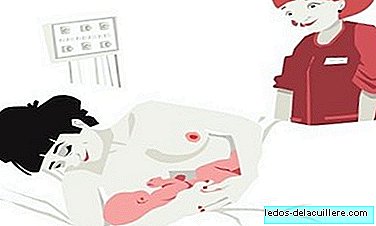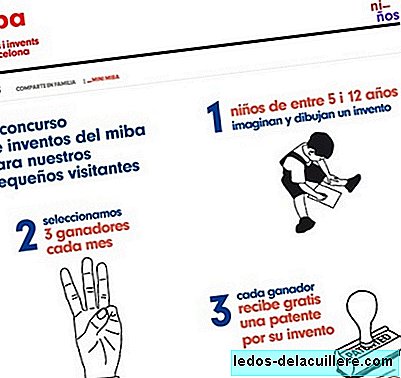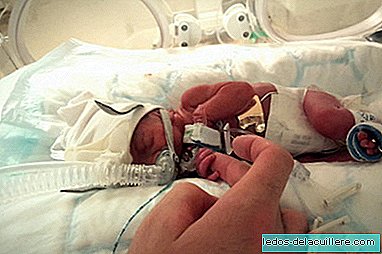
We have approached the concept of "normal birth" on several occasions, and today we bring the definition of "normal delivery" in the Clinical Practice Guideline on Normal Delivery Care, a document that we presented to you a while ago and that is aimed at pregnant women, future parents, as well as their companions and family members.
Normal delivery is the physiological process with which the woman ends her term gestation (between 37 and 42 weeks old). Its onset is spontaneous, develops and ends without complications, culminates with the birth of a healthy baby and does not need more intervention than comprehensive and respectful support. After giving birth, both the mother and her baby are in good condition.
The evolution of labor is influenced not only by biological factors specific to each woman and baby, but also by psychological, cultural and environmental factors. Respect for the wishes of women whenever possible is essential to facilitate a better birth, a "normal birth."
Most healthy women, with adequate care and support and with a minimum of medical procedures They can give birth without jeopardizing their safety and that of babies. For this it is important that women have confidence in their chances of coping with childbirth and that midwives and obstetricians contribute to the better evolution of this physiological process.
It has also been shown that care for normal delivery by midwives has advantages: less need for epidural analgesia, less episiotomies, increased rate of spontaneous vaginal delivery and onset of breastfeeding, and a greater sense of control by the women.
According to this guide, in a normal delivery not induced with oxytocin, without restriction of mobility, in a favorable environment in which the mother feels safe and comfortable, many women can withstand the pain, thanks to the intervals between contractions that allow rest analgesics released by the body.
However, they also point out that the mother can choose one or several methods (pharmacological and non-pharmacological) and change from one to another depending on the evolution of the birth and the intensity of the relief she wishes to obtain at any time.
The guide to normal delivery care recommends not routinely perform the following practices:
- Amnioscopy and cardiotocography at initial assessment.
- The shaving of the perineum
- The enema
- The artificial breakage of the water bag
- The use of oxytocin during dilation (a drug that is administered intravenously through a drip system to increase the frequency, rhythm and intensity of contractions).
- Avoid perineal massage during expulsion.
- Routine episiotomy (surgical cut that allows the vagina to expand). It should only be practiced if the baby needs to be born quickly or an instrumental delivery is going to be performed. Studies have shown that it is better to avoid it since it does not prevent urinary incontinence or protect the perineum, favors the appearance of severe tears, leads to bleeding, requires suturing, produces postpartum pain and may have long-term sequelae.
The previous information of the possibilities offered by the place chosen for the birth and the elaboration of a plan are fundamental recommendations for the future mother. The care the woman receives for a normal delivery they must take into account their personal needs and preferences, thus being a respected birth.












